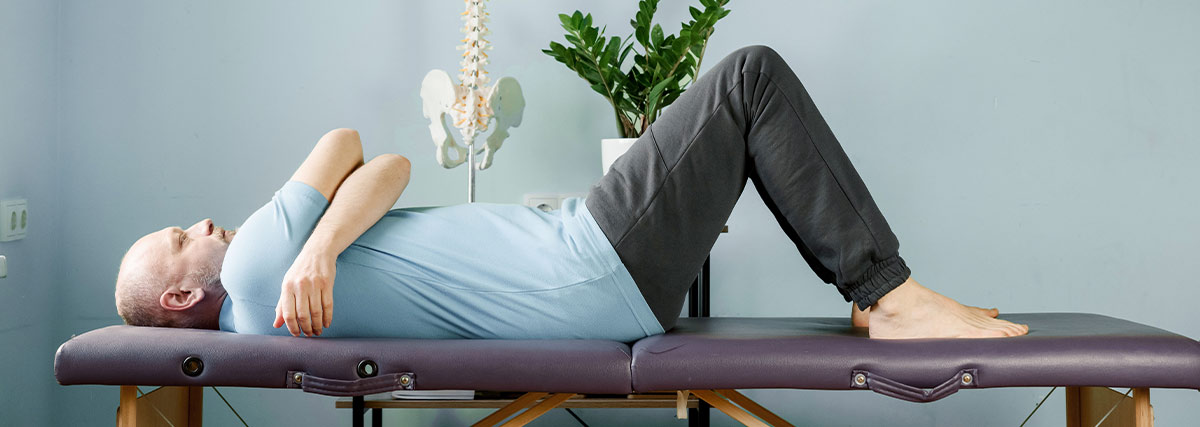Breath control is one of the biggest challenges for beginner saxophonists.
Many struggle to sustain long phrases and run out of breath before completing a musical line.
Without proper technique, this can lead to shallow breathing, tension, and an unstable sound. However, like any other musical skill, breath control can be improved with the right approach.
This article explores essential breathing techniques, targeted exercises to improve breath control, and physical activities that promote lung expansion.
By mastering these elements, you will gain endurance, sound quality, and fluidity in your playing.

Breathing techniques for the saxophone
Breath control is the foundation of sound production for saxophonists.
As air drives tone and musical expression, mastering proper breathing techniques is essential for achieving a rich, resonant sound while sustaining long phrases with ease.
Without the right approach, musicians may develop shallow breathing, muscle tension, and limited endurance, affecting both sound quality and musical performance.
For a wind instrumentalist, diaphragmatic breathing is essential.
This technique allows for deeper, fuller inhalation, optimising airflow while keeping the body relaxed.
Many beginners breathe using their chest and shoulders, leading to shallow breaths, increased tension, and restricted airflow.
In contrast, proper breath support relies on diaphragm activation and lower abdominal expansion.
Fundamental principles of proper breathing
Maintain an open and relaxed posture: Whether sitting or standing, keep your torso upright and avoid slouching to ensure smooth airflow.
- Engage the diaphragm: Inhale by expanding your abdomen instead of lifting your shoulders. Visualise the air filling the front of your belly first, then the lower back.
- Allow the air to spread naturally into the ribcage: Once the abdomen is filled, allow the air to rise into the chest without creating tension.
- Practise slow and controlled breathing: Practise inhaling slowly over four counts, following this sequence: abdomen, lower back, chest. Then exhale gently. Gradually speed up the process until it becomes instinctive.
With regular practise, diaphragmatic breathing will improve your endurance and sound stability, allowing you to play more freely and with greater control.

Exercises to strengthen lung capacity and breath control
Developing good breath control and increasing lung capacity are essential for saxophonists.
While proper breathing technique is the foundation, incorporating specific exercises further enhances endurance, airflow efficiency, and playing comfort.
Two particularly effective methods for wind instrumentalists are the Alexander Technique and the 4-7-8 breathing technique.
1. The Alexander Technique: Optimising posture and breathing efficiency
This method aims to correct unnecessary tension that restricts breathing capacity. It is based on three key principles:
- Becoming aware of your posture: Adopt an upright yet relaxed posture, imagining your head floating above your spine.
- Relax areas of tension: Focus on relaxing your jaw, shoulders, and neck before each inhalation.
- Visualise expansive breathing: Imagine the air filling your entire chest, not just your upper chest.
When practised regularly, this technique promotes smoother and more efficient breathing.
2. The 4-7-8 Breathing Technique: Developing lung capacity
This method, popularised by the Dr Andrew Weil, helps to increase lung capacity while strengthening control over exhalation.
How to practise it?
- Inhale deeply through your nose, counting to 4 seconds.
- Hold your breath for 7 seconds.
- Exhale slowly and steadily through your mouth for 8 seconds.
- Repeat the exercise four times.
This method strengthens the diaphragm, improves the ability to hold one's breath, and refines exhalation control—essential skills for saxophonists aiming to sustain long phrases with consistency and ease.
By incorporating these exercises into your practise routine, you will develop greater lung capacity, refine your breath control, and improve your endurance while playing.
The Alexander Technique ensures proper posture and tension-free breathing, while the 4-7-8 method strengthens control over airflow.
With regular practise, these approaches will help you achieve smoother, more expressive phrasing, while building confidence in your saxophone playing.

Physical exercises to improve lung capacity
In addition to breathing exercises, certain physical activities strengthen the lungs and the endurance required for playing the saxophone.
1. Cardio: Strengthening breath control and endurance
Cardiovascular exercises improve the lungs' ability to absorb and use oxygen efficiently. Some of the most beneficial include:
- Running: Strengthens respiratory and cardiovascular endurance.
- Swimming: Requires controlled breathing and strengthens the respiratory muscles.
- Cycling: Improves lung resistance and breath control.
- Skipping rope: Develops the ability to manage effort while breathing regularly.
Practising cardio 3 to 4 times a week helps improve smoother and more efficient breathing for playing the saxophone.
2. Yoga and mindfulness: better manage breath and relaxation
Yoga and meditation practises provide excellent breathing exercises that enhance control and awareness of the breath.
- Pranayama (breath-focused yoga): Exercises such as alternate nostril breathing (Nadi Shodhana) or inhaling deeply through the nose for a count of 4 seconds strengthen the lungs and improve air flow control.
- Chest-opening poses: Certain poses, such as the bridge or cobra, release the diaphragm and promote deeper breathing.
- Mindfulness meditation: Focusing on your breath helps develop better control and relaxation while playing.
By incorporating these practises into your daily routine, you will improve your breathing endurance and reduce muscle tension that hinders sound quality.

Conclusion
Breath control is a key element of saxophone playing, directly influencing sound quality and endurance.
By combining effective diaphragmatic breathing, targeted exercises such as the Alexander Technique and the 4-7-8 breath, along with suitable physical activities (cardio, yoga, meditation), you will develop better lung capacity and greater musical ease.
With regular practise, your playing will gain in fluidity, power, and expressiveness.








